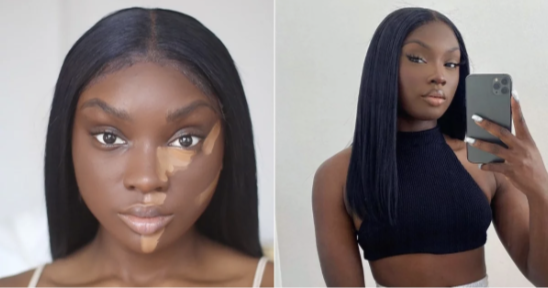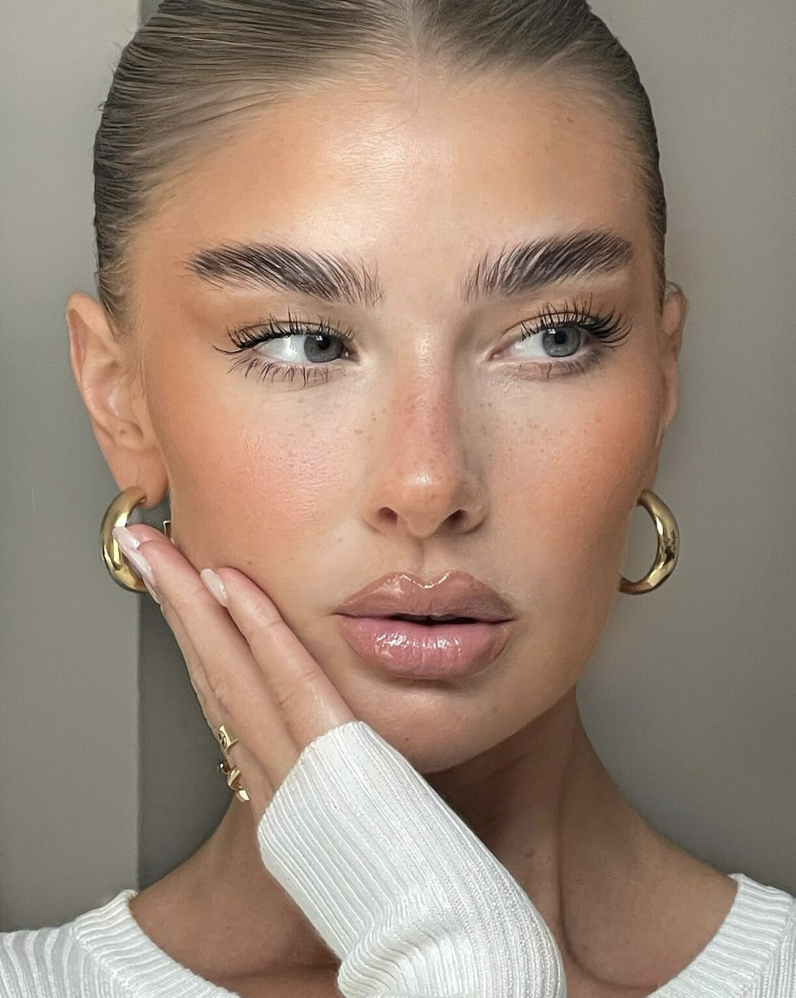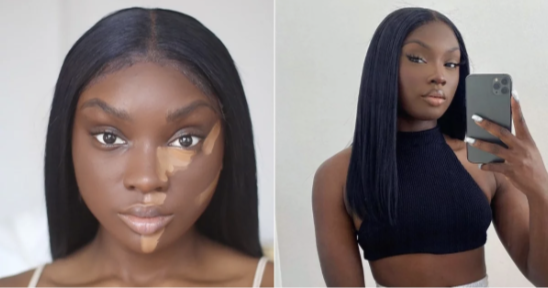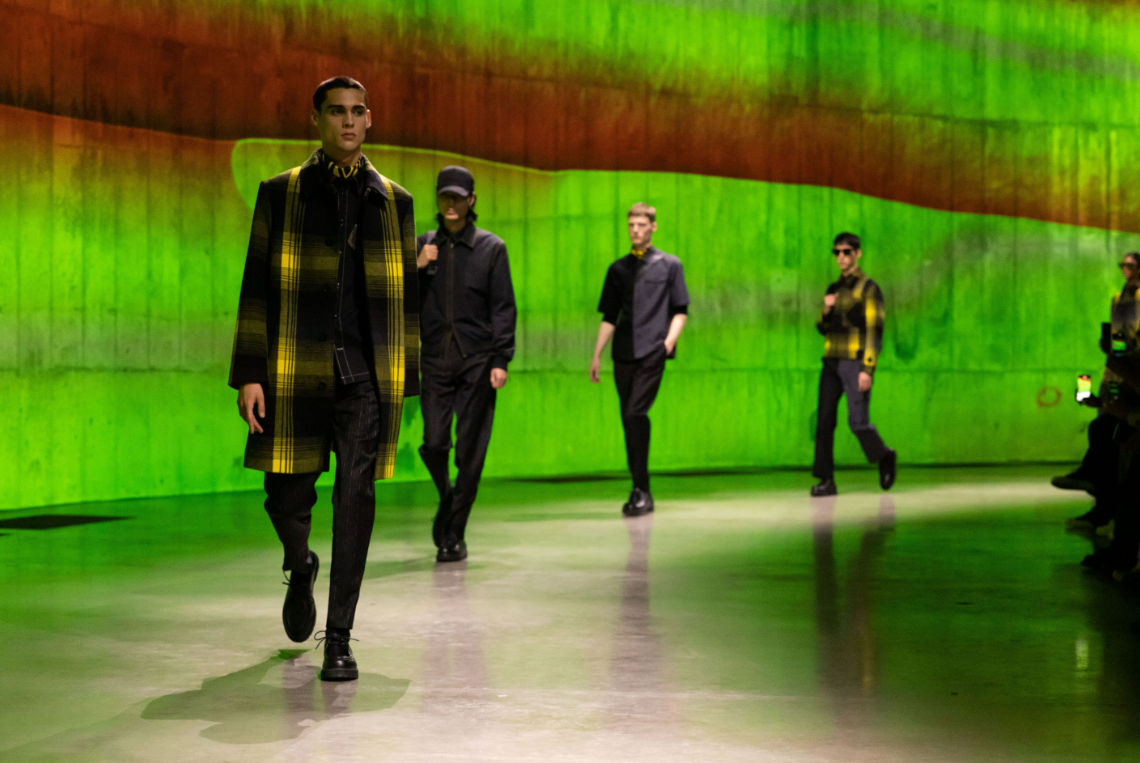Why have beauty aesthetics become unattainable?

The UK black girl aesthetic, clean girl, ghoul girl, it girl, and black luxury – to name a few.
Platforms like Tiktok and Instagram have ushered in a wave of aesthetics, and it’s hard to keep up. From 2020 to mid-2022, the clean girl aesthetic dominated the algorithm with images of clear skin, slicked-back ponytails, small gold hoops, and minimal makeup.
Despite the aesthetics’ popularity, makeup artists like @Uchjn and @Mikaimikai criticized the trend for its exclusivity. Many felt that the aesthetic simultaneously appropriated black culture while excluding black women. Rian Phin, a social commentator, affirmed this when she said the aesthetic is “inherently exclusive but exists as an amalgamation of uptown white girl culture and Black and Latin 90s aesthetics”.
While these accusations of exclusivity targeted the clean girl aesthetic, this seems to be an issue with aesthetics in general.

Even aesthetics ‘owned’ that marginalized groups own can be exclusionary. People scrutinized the ‘UK black girl aesthetic’ after a woman made a Tik Tok stating her monthly maintenance costs £1,500. She implied that women who do not do so are ‘tramps,’ provoking outrage from all ends of the app.
That was not just another example of a Tiktok going viral because of excessive reactions. Instead, this discussion illuminated that even the aesthetics our community has created feels inaccessible. The UK black girl aesthetic includes; bright under eyes, volume lashes, and long black wigs. These images permeate our timelines, yet they are financially out of reach for many.
So exclusivity and maintenance within aesthetics are far from rare. It seems like an aesthetics’ success relies on its exclusivity. Aesthetics are not politically neutral mediums for creativity or individuality. If the Rianna v Chelsea wahala has taught us anything, then it is that. The way aesthetics manifest seems to be influenced by consumerism.

In other words, aesthetics sell. Corporations used the clean girl aesthetic to sell hundreds of skincare products which all did the same thing. The UK black girl aesthetic sold various makeup products and created a Tiktok-Aliexpress pipeline.
People have begun to notice a new aesthetic which some termed ‘indie sleaze.’ This is a notably messier grunge aesthetic. And even though this aesthetic is known for being less ‘put together,’ there is still an element of consumerism within this. Tiana Randall, a writer, notes that aesthetics can create a facade of effortless lifestyles. Yet, behind this seamlessness is hours of curation. So messy aesthetics do not necessarily provide freedom from constant vigilance about their appearance. The effort will go into looking effortless.
So while aesthetics are not inherently problematic, they are not mere mediums for self-expression. Aesthetics tend to encourage us to buy more and buy into the exclusivity that they sell.
Discover more from our arts and culture section here.




![ZINO VINCI’S ‘FILTHY & DISGUSTING’EP BRINGS YOU TO THE CORE OF THE ARTIST [@ZinoVinci]](https://guap.co/wp-content/uploads/2023/10/Zino-4.jpg)





![Remel London’s [@Remel_London] “Mainstream” is a must attend for upcoming presenters!](https://guap.co/wp-content/uploads/2017/02/REMEL-LONDON-FLYER-FINAL-YELLOW-COMPLETE-1.png)